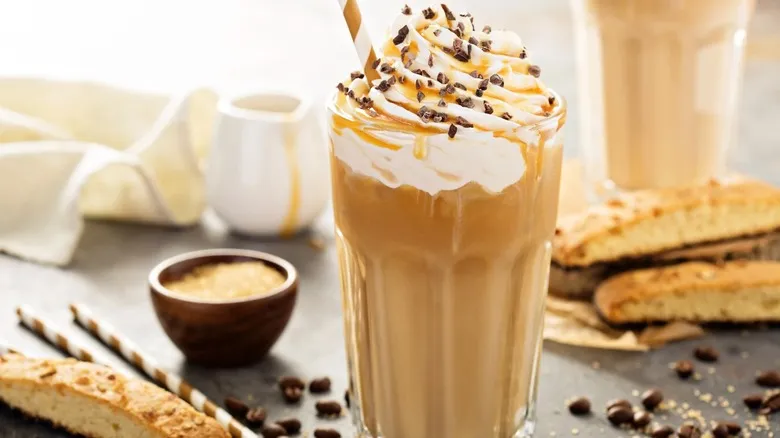The frappe's connection to Nescafé

While the frappe is often regarded as a quintessential Greek beverage, its origins are relatively recent. In 1957, during the Thessaloniki International Fair in Greece, Nestlé salesman Dimitrios Vakondios found himself in need of a caffeine fix. His preferred drink was Nescafé Classic, an instant coffee typically prepared with hot water. However, unable to find any hot water, the resourceful Vakondios improvised with a shaker meant for a children's chocolate drink that Nestlé was promoting at the fair. He combined cold water with the Nescafé, shook it up, and thus the frappe was born. It quickly became a favorite among fair attendees and remains popular throughout Greece today.
Contemporary frappes are often sweetened with sugar, but if you order one "sketo" in Greece, it will be served without sugar. "Metrio" indicates a medium level of sweetness, while "glyko" is for those who enjoy a sweeter taste.
While tourists may still relish a refreshing frappe during their Greek holidays, the drink has been overshadowed in popularity by the freddo, which is considered more of a connoisseur's choice. Unlike the frappe, which uses instant coffee, the freddo is made with fresh espresso, resulting in a richer and more nuanced flavor. Many people find that sugar is unnecessary due to the superior quality of the coffee. Alternatively, you can opt for a cappuccino freddo, which features a frothy espresso blend topped with cold foam.
Starbucks owns Frappuccino — but it didn't invent the name
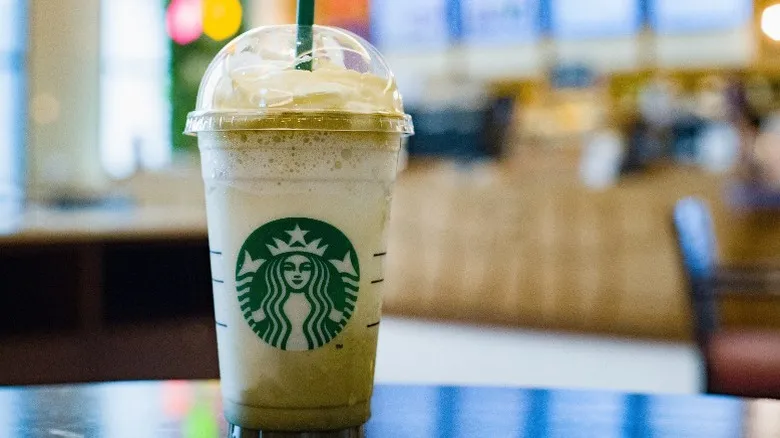
While Starbucks has since secured a trademark for the name, the original creator of the Frappuccino was coffee innovator George Howell. In the 1970s, Howell established The Coffee Connection, a roaster and specialty beverage café in New England. Among the unique drinks he developed was the now-famous blended coffee beverage, which his marketing expert Andrew Frank named "Frappuccino." The "-uccino" part clearly draws inspiration from "cappuccino," but the "frapp-" actually originates from the term used by New England locals for milkshakes, which they call "frappes."
Thanks to such creative ideas, the business expanded to over 20 locations before Starbucks acquired it in the early 1990s. At that time, Starbucks was already introducing frozen coffee drinks, but after obtaining the rights to the Frappuccino name, the product really took off, becoming a staple on the Starbucks menu by 1995.
The initial Frappuccino flavors were quite basic, featuring options like mocha and caramel. In 2002, Starbucks launched the coffee-free Cremé line, which included flavors such as vanilla and strawberry. The company also offers a range of ready-to-drink canned coffees and Frappuccinos available through third-party retailers. In fact, Starbucks claims there are over 36,000 possible Frappuccino and drink combinations, largely due to customer-inspired creations like the cake batter Frappuccino and caramel snickerdoodle macchiato, which can only be ordered using specific hacks. With both in-store and third-party selections, the variety of choices is sure to keep growing.
Recommended
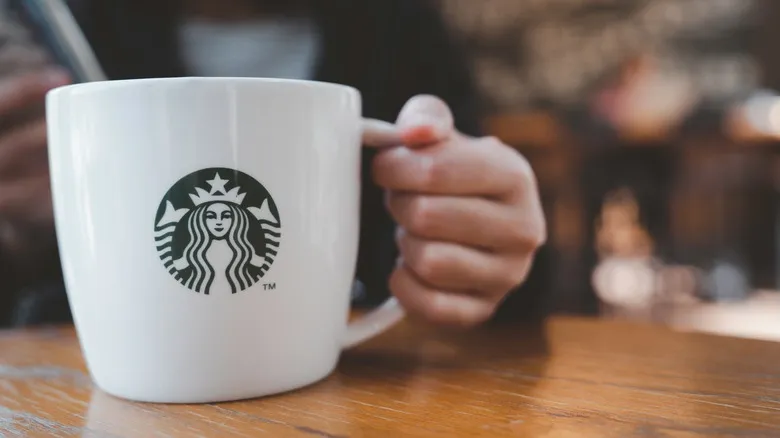
How To Make Starbucks Medicine Ball At Home

Starbucks Is Reversing A Big COVID Policy Change
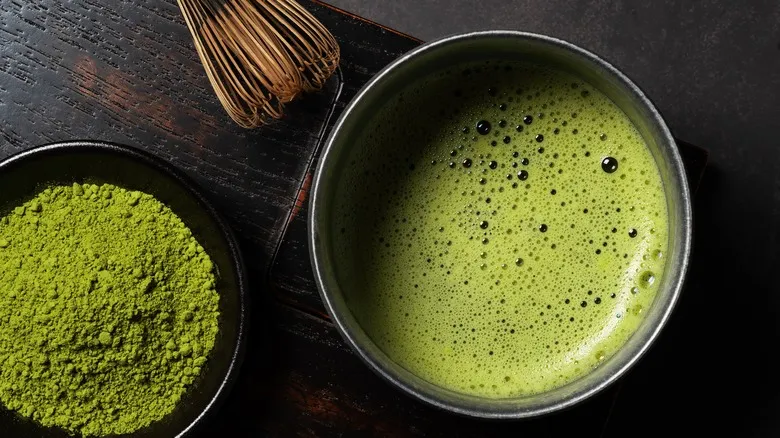
What Separates Matcha From Green Tea?
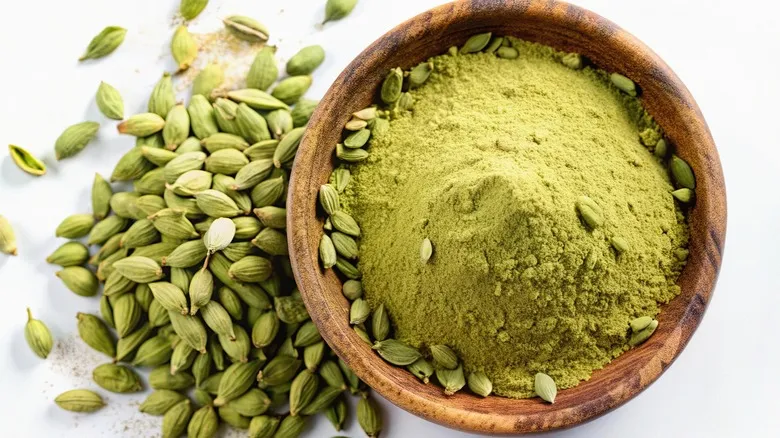
The Best Substitutes For Cardamom Are Already In Your Pantry
Next up

